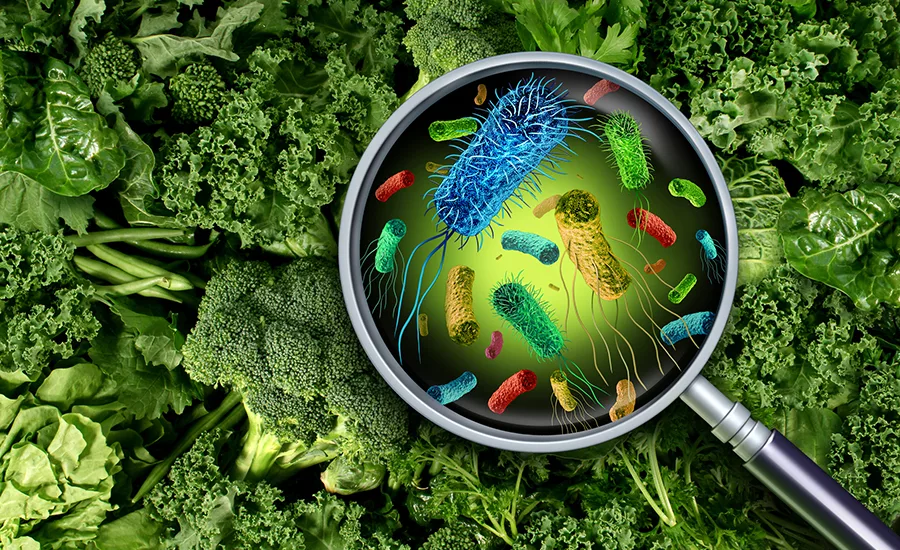Regulatory Watch
IFSAC announces priorities for 2022-2023

The Interagency Food Safety Analytics Collaboration (IFSAC)—a collaboration between the CDC, FDA and FSIS—has published its priorities for this year and next.
IFSAC is extending the goals and objectives outlined in its strategic plan for 2017-2021, with special emphasis on incorporating data from sporadic (non-outbreak associated) illnesses to estimate sources of foodborne illness.
The interagency reports that it intends to prioritize the following:
- Analyzing trends in foodborne disease outbreak-associated illnesses over the past 20 years and submitting a manuscript to a peer-reviewed journal describing our methods and results.
- Continuing to develop and refine machine-learning approaches to predict the food sources of human illnesses with unknown sources by using whole-genome sequencing (WGS) to compare Salmonella isolates of known source with those from ill persons whose source is unknown.
- Adapting the WGS-based methods developed for salmonella to attribute sporadic Campylobacter illnesses to food sources.
- Assessing the frequency of multi-year outbreaks and their impact on source attribution analyses, and deciding whether to improve the methods for using them in outbreak-based source attribution models.
- Collaborating with FoodNet staff to estimate population attributable fractions for key food sources of sporadic Salmonella Enteritidis and Campylobacter illnesses by developing case-control studies using FoodNet case exposure ascertainment data and FoodNet Population Survey data.
- Continue to develop a method to incorporate into attribution estimates those outbreaks associated with complex foods (i.e., multi-ingredient foods) for which the contaminated ingredient is unknown.
IFSAC says its primary focus continues to be improving estimates of the food sources of illness caused by major pathogens. Whereas IFSAC has always focused on estimating the sources of all (not just outbreak-associated) illnesses, the methods have thus far only used data from outbreaks.
In recent years, the organization developed methods to use data from sporadic illnesses to make these estimates. In this interim period, the interagency says it will continue to evaluate the approach to attributing Campylobacter illnesses to specific food categories.
Recent reports have highlighted the challenges associated with attributing Campylobacter illnesses to foods based on outbreak data, due to the outsized influence of outbreaks from foods not widely consumed but with high risk of illness, such as unpasteurized milk and chicken livers, says the IFSAC.
For more information, visit the IFSAC website at https://www.cdc.gov/foodsafety/ifsac/index.html.
Looking for a reprint of this article?
From high-res PDFs to custom plaques, order your copy today!






